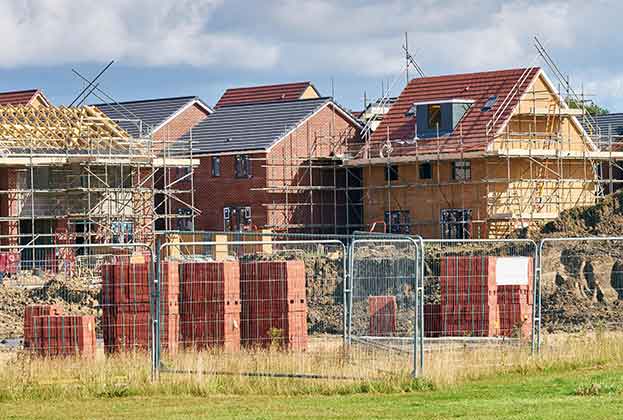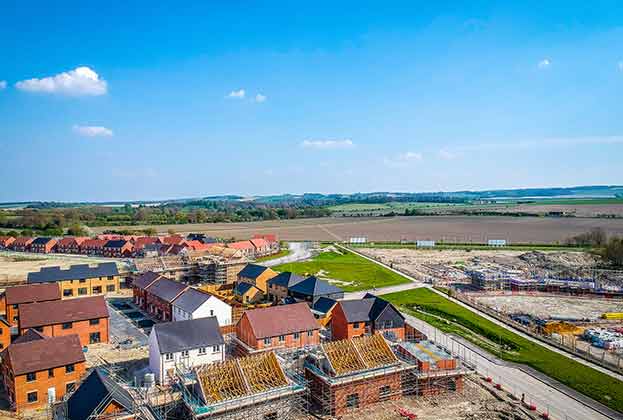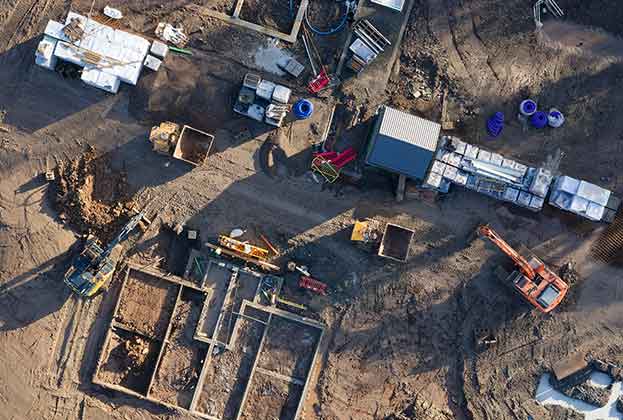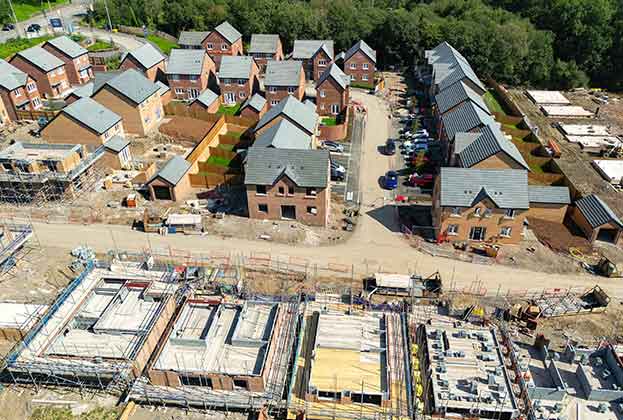There is an increasing amount of research and awareness surrounding the adverse effects of noise on our health and wellbeing/quality of life.
It’s not just about getting irritated or annoyed or the occasional broken night’s sleep, experts point to a long list of conditions associated with noise pollution including high blood pressure, diabetes and heart disease.
Currently, planning applications for new residential developments exposed to significant noise sources must consider how those sources will affect the internal living environments and those external areas used for recreation and amenity. However, although there is now a great deal of government focus and research on the effect of noise on health and quality of life, there is no requirement to look at these aspects as part of existing noise assessments. Yet.
It’s an important issue that seems likely to become a compulsory step in the planning process in the not too distant future. So, should developers be preparing for it?
The answer is yes. The industry needs to be ready and, indeed, perhaps should start to introduce these assessments now.
So, where to start given the lack of specific guidance?
This will vary depending on whether the assessment is for noise generating development, where the consideration should be the impact on existing residents nearby, or for noise sensitive development, such as new housing, where the potential problem is the effect of the existing noise environment on the people who will be moving in.
In both circumstances, however, it’s important that an acoustics consultant is brought into the masterplanning process as early as possible to allow for good acoustic design. Read our more in-depth analysis of the issue here.
There is a growing need to include some recognition of the impact on health and wellbeing/quality of life in noise reports. The current status of research and variability between the sources, as well as the sensitivity of individuals and communities, makes this difficult, particularly in terms of the increase of the risk in line with increasing noise levels. More guidance will come but, in the meantime, we recommend developers take heed.
Further information
Contact Philip Evans
.jpg)




.jpg)


.jpg)
.jpg)
.jpg)